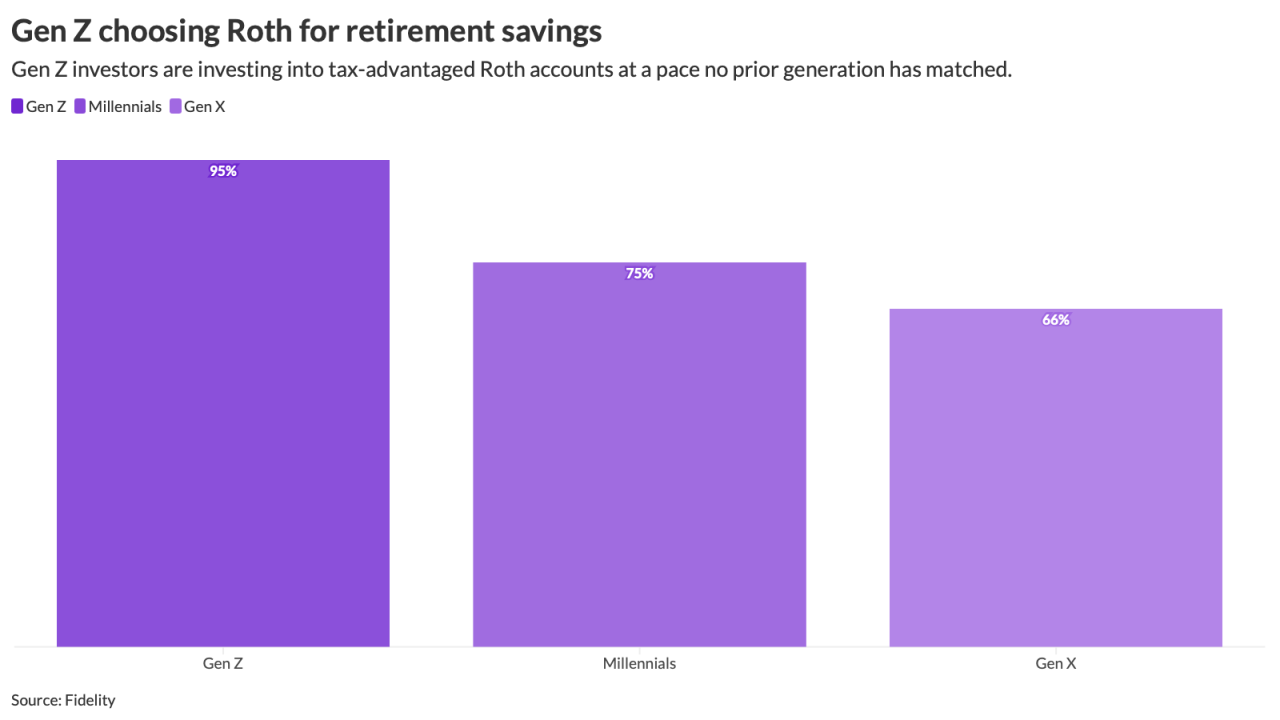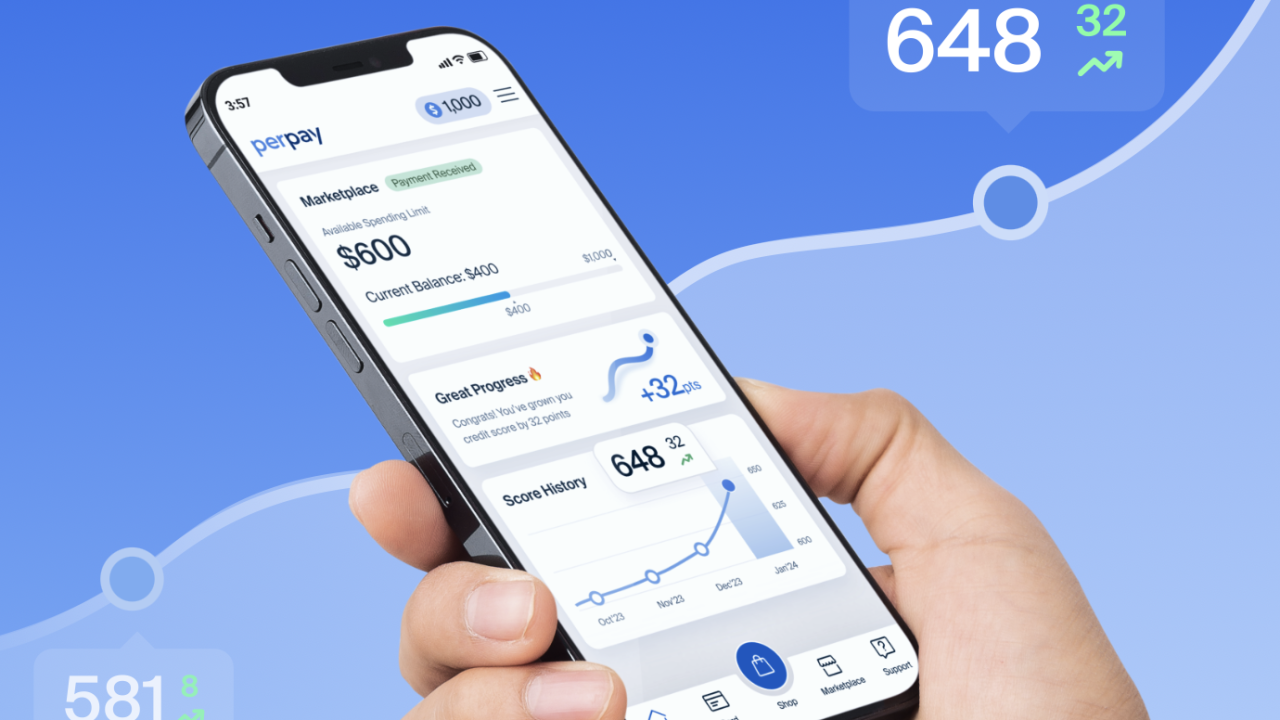Employers should expect to see
The law plans to cut $500 billion from Medicare starting in 2026, and nearly $1 trillion in cuts to Medicaid. It's expected that nearly 12 million people will lose healthcare coverage as a result of these cuts. Additionally, a rise in uninsured individuals and a drop in reimbursement will present
"If you're taking money out of Medicaid and out of the marketplaces, providers will see a reduction in reimbursement from that," Dankert explains. "Yet, they can't just turn people away, so they'll provide care they're not going to get reimbursed for. What do providers do in this instance? They turn to the commercial market, because that's where they have some way of recouping some of that money. That will then drive up the reimbursement of insurance-based providers, and then, in turn, drive trends on the employer side."
Read more:
Covering uninsured employees after Medicaid cuts
In addition to cost challenges, many benefit leaders will also need to prepare for an increase in uninsured employees, which could lead to avoidance of medical care and increased risk of serious health conditions.
The good news is there is time to put things in place from a benefits perspective that will take the edge off, but the time to start is now, Dankert says. One big area for leaders to consider is looking into where employees currently seek care, especially for more expensive procedures and conditions, versus where they could find equivalent care — perhaps even better — that is more financially prudent.
"We keep educating our customers on this — the COE model is an obvious right answer," says Dankert. "You pick the providers, and then you tell your employees, this is where you should go, everybody's going to be better off, and you can avoid things like having to raise the out-of- pocket or the monthly premium yet again."
This is a good opportunity for employers to double down on new opportunities and put better-fitting solutions in place, he says.
Read more:
Telehealth and voluntary benefits could ease budget burdens
Benefit leaders can also look into telehealth options and voluntary benefits such as hospital indemnity, accident and critical illness insurance to help employees keep costs down and avoid catastrophic medical bills.
By assessing their workforce population's healthcare patterns, leaders can have a better pulse on what benefits will be most impactful, says M. Garrett Hohimer, VP policy and advocacy at Business Group on Health.
"How any changes may show up for any particular employer will heavily depend on their workforce composition, existing plan offerings, geographic footprint and a variety of other factors," Hohimer says. "We expect employers will have similarly diverse approaches to address any circumstances in their own populations."
Business Group on Health's benefit program experts are one resource for benefit leaders to lean on during the upcoming transition, Hohimer says.
"We help employers identify potential areas for review and engagement, and expect to continue serving as a trusted resource towards innovative and best practices that arise out of the diverse and creative solutions that our members, their industry partners, and consultants will craft and that we may help hone with insights and updates on industry, policy, compliance, and other developments," says Hohimer.
Read more:
As benefit leaders work to put together the best solutions for employees, Dankert reminds them to keep in mind that everyone within the organization is experiencing this transition together, and communicate updates with their workforce accordingly.
"As an employer, you want to provide the best coverage; it's the right thing to do, but you also want to have a healthy workforce," he says. "You have to bring people along, saying, 'hey, there's this problem, but we'll find a solution together.' It's actually a great place to be as an employer, because there's a problem coming and you have time to put the solutions in place and educate the employees."






